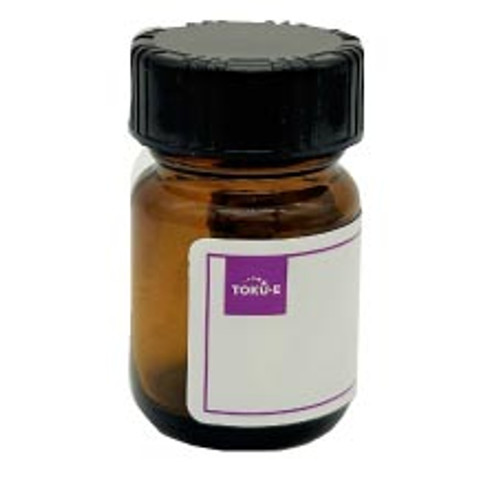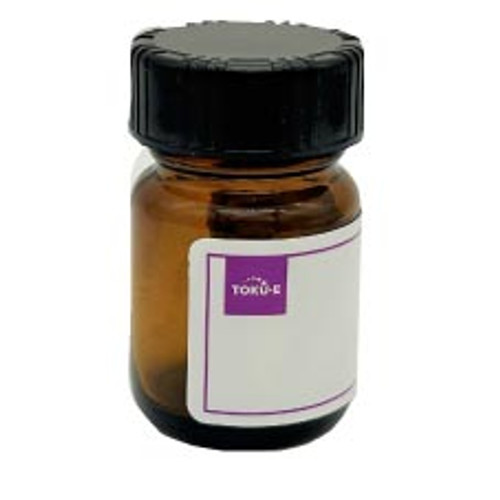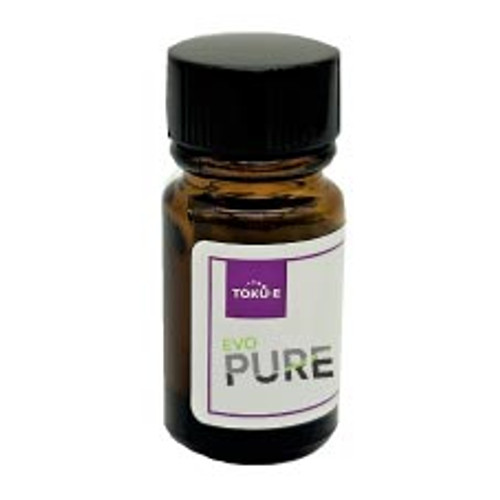G418 Disulfate (Low Endotoxin) has a strict endotoxin content of ≤ 1 EU/mg. G418 Disulfate, an aminoglycoside antibiotic originally isolated from Micromonospora rhodorangea, is routinely used for gene selection in cell culture. The presence of endotoxin in G418 Disulfate can decrease transfection efficiency and even be toxic to resistant eukaryotic cells.
We also offer:








